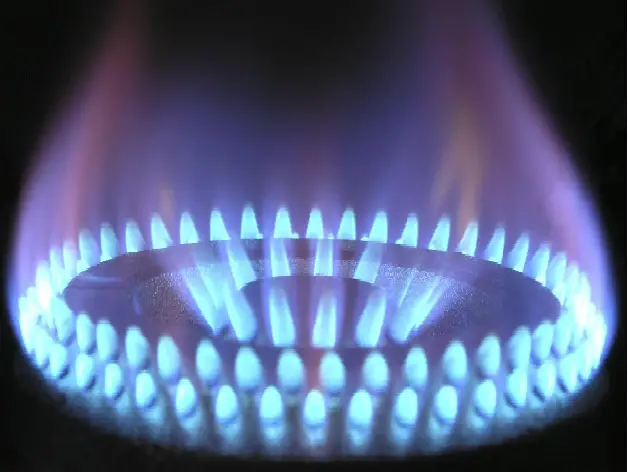Ukrainian Prime Minister Denis Shmigal said in an interview with national television that the Ukrainian government has offered EU traders the option to rent as much as half of the nation’s natural gas storage capacity for the coming winter.
With a total gas storage volume of 31 billion cubic meters (bcm), Ukraine has the largest storage capacity in Europe, and far more than it needs domestically. Shmigal noted the nation could easily offer 15 bcm of storage capacity to European traders.
In April, during a trip to Brussels, Aleksey Chernyshov, the CEO of Ukrainian state energy company Naftogaz, said that Ukraine could offer Europe the option of utilizing its large capacities for the bloc to use as “an energy backup.”
Chernyshov said, “I can guarantee that I can rent this empty space to European countries that can store gas in Ukraine. And when they need it, they can get it back to Europe.”
The CEO had announced in early October that the volumes of natural gas stored in Ukraine by foreign traders had increased to 2.2 bcm from mid-September’s reading of 1.8 bcm.
In a Facebook post, Chernyshov said, “Over the past day alone, we have received 14 applications from non-residents to pump gas into… Ukrainian gas storage facilities.”
Company executives at European gas traders told Reuters in August their companies had begun to stock excess gas at storage facilities in Ukraine this year, ignoring the risks inherent to the conflict due to the lower storage costs and the freely available capacity the country offered.
Miroslav Hasko, the chairman of the Czech energy group EP Commodities, told the news agency that his company now “transports natural gas to Ukraine and uses Ukrainian gas storage facilities.”
He added, “We consider gas storage in Ukraine as one of the interesting business opportunities that we are currently considering.”
In addition, SPP, the Slovakian state-owned energy company which supplies most of the market in Slovakia, said it too was looking at utilizing Ukrainian storage.
Gas purchased from a wide variety of sources can be purchased and then sent to Ukraine utilizing reverse flows through pipelines from Hungary, Slovakia, and Poland.

